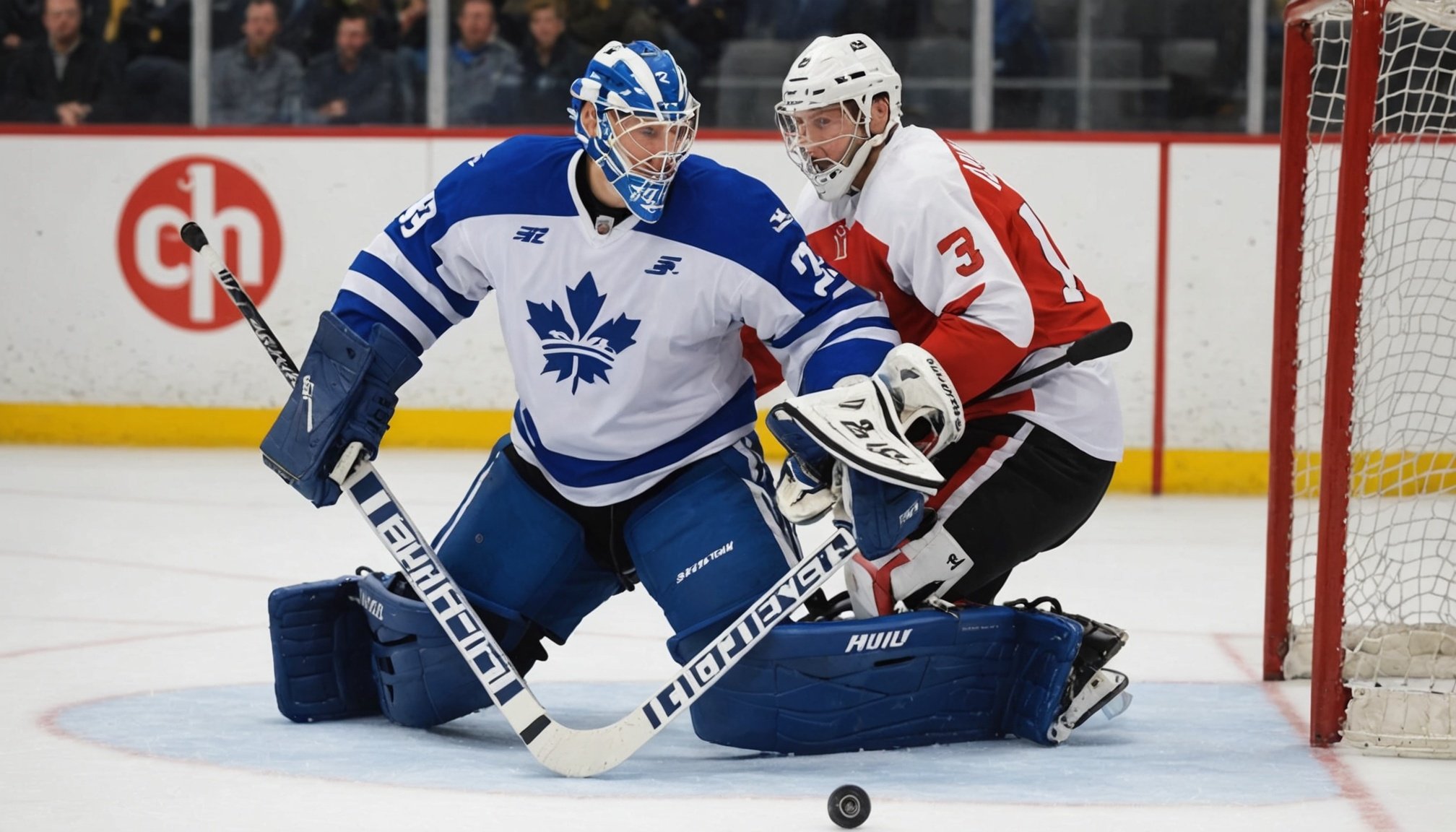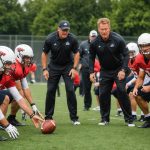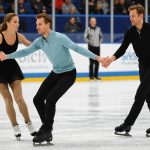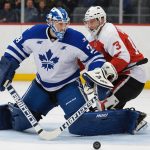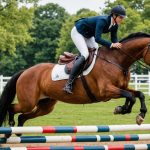Understanding the Importance of Reaction Time in Goalkeeping
In the fast-paced world of hockey, reaction time is a critical component of exceptional goalkeeping. It is the time taken for a goalkeeper to process and respond to a shot, determining whether they block or miss the puck. A goalkeeper’s ability to maintain short reaction times directly influences their goalkeeping skills, offering the necessary edge over the opposing team.
Improved goalkeeping skills stem from consistent reaction time enhancement, leading to superior hockey performance. As the sport requires split-second decisions, players with sharpened reflexes can anticipate and counteract offensive plays more effectively. This not only increases their save percentage but also instills confidence in their defence strategy during intense matches.
In the same genre : Empowering local connection: innovative outreach strategies to enhance participation in uk sports clubs
It’s crucial for UK hockey goalkeepers to engage in specialized training focused on reaction time. Training regimes tailored to enhance reflexes help in building muscle memory and conditioning athletes to respond instinctively under pressure. Such focused practice sessions include agility drills, ball juggling, and simulated match scenarios, all designed to fine-tune their goalkeeping skills.
By prioritizing reaction time improvement, goalkeepers can significantly elevate their hockey performance, ensuring they’re always a step ahead of the competition.
In parallel : Empowering her game: innovative approaches to boost women”s sports promotion across the uk
Specialized Drills to Enhance Reaction Times
Training goalkeepers requires specialized drills to boost their reaction times and agility on the field. These tailored exercises focus on refining key skills essential for this demanding position.
Drill 1: Quick Reaction Saves
Quick Reaction Saves aim to heighten reflexes. The drill entails firing shots at unpredictable intervals, demanding rapid responses. Critical movement patterns include explosive lateral dives and swift recovery to starting position. To maximize effectiveness, goalkeepers should maintain proper stance, focusing on lowering their centre of gravity to enhance balance and speed. Regular practice of this drill conditions the body for split-second decision-making, akin to real match scenarios.
Drill 2: Reaction Ball Exercises
Using reaction balls, which bounce unpredictably, presents a unique challenge through unpredictable rebound directions. This variability replicates chaotic match conditions, training goalkeepers to anticipate and adapt. Incorporating these into practice routines, goalkeepers can simulate different situations such as deflected shots and surprise passes. Structure practice sessions by gradually increasing difficulty, ensuring goalkeepers develop versatility in their responses while honing crucial handling skills.
Drill 3: Mirror Drills
Mirror drills focus on enhancing footwork and agility by pairing goalkeepers to mimic each other’s movements. This promotes synchronization and rapid directional changes. The primary objective of these drills is to improve lateral movement efficiency. Incorporating mirror drills in group training fosters a competitive environment, enhancing each player’s capability to track opponents and the ball under pressure.
Visual Aids and Resources for Drills
Providing effective training involves incorporating various visual aids and training resources to enhance understanding. Visual aids such as diagrams, charts, and interactive simulations serve as essential tools to simplify complex concepts. These aids not only engage learners but also cater to different learning styles, ensuring comprehensive assimilation of information.
When it comes to instructional videos, the internet offers a plethora of options. These videos provide visual demonstrations, walkthroughs, and step-by-step instructions, making them indispensable for practical learning. Look for videos that feature clear narration, high-quality visuals, and include demonstrations of real-life applications. Online platforms often feature user ratings, which can guide you in selecting the most effective content.
Evaluating the effectiveness of these training resources is crucial to ensure they meet the educational needs of your audience. One way to assess their impact is by setting clear learning objectives and measuring performance against these goals post-training. Additionally, gather feedback from participants to understand which resources were most helpful and what areas need improvement.
By strategically using visual aids and selecting top-tier instructional videos, training sessions become far more engaging and effective, assisting learners in grasping and applying new information with confidence.
Integrating Drills into Training Sessions
Incorporating practice integration into routine training is essential for optimal athletic development. By systematically embedding drills within training sessions, athletes can hone their skills efficiently. Professional coaches often recommend a structured approach where drills are introduced progressively, ensuring athletes are neither overwhelmed nor under-challenged. This strategy, often referred to as progressive training, allows for gradual intensification, fine-tuning skills over time.
To effectively integrate drills, balance is key. Begin by identifying the core skills each athlete needs to develop. Once identified, weave these drills into training sessions, gradually increasing drill intensity as competence builds. For example, starting with fundamental skills, coaches should incrementally layer more complex drills. This method not only prevents monotony but also challenges athletes appropriately.
Professional insights underline the significance of variation within each session. Changing up drills not only maintains athlete interest but also targets a wider skill set. Coaches may draw from diverse drills to maintain versatility in training.
Here are some coaching advice tips for structuring practices:
- Start with basic skill drills and build complexity.
- Vary drill types to target different abilities.
- Adjust intensities based on athlete feedback.
This ensures a comprehensive skill enhancement while keeping training sessions engaging.
Unique Considerations for UK Hockey Goalkeepers
UK hockey goalkeepers face unique challenges and training requirements due to distinct regional playing styles. These styles can greatly influence the way a goalkeeper is trained, pushing them to adapt to varying tactics within local leagues. For example, while some regions may emphasise speed and agility on the field, others might focus on strategic positioning and defensive coordination. Thus, understanding these nuances is crucial for effective goalkeeper training.
The specific challenges for UK hockey goalkeepers include the unpredictability of weather conditions, which can affect grip and ball movement on different pitch surfaces. Additionally, UK competitions often involve diverse teams with varying levels of skill, demanding constant adaptability from goalkeepers during matches.
Adaptations to training drills based on regional competition rules and regulations are also essential. Due to the unique setup of UK hockey leagues, goalkeepers must be prepared to face a broad range of offensive strategies. Moreover, regulations might dictate specific protective gear or techniques that differ from international standards, necessitating goalkeeper training adjustments to remain compliant and competitive.
In sum, UK hockey goalkeepers benefit from tailored training that considers these regional aspects, allowing them to excel by turning challenges into opportunities for improvement.

